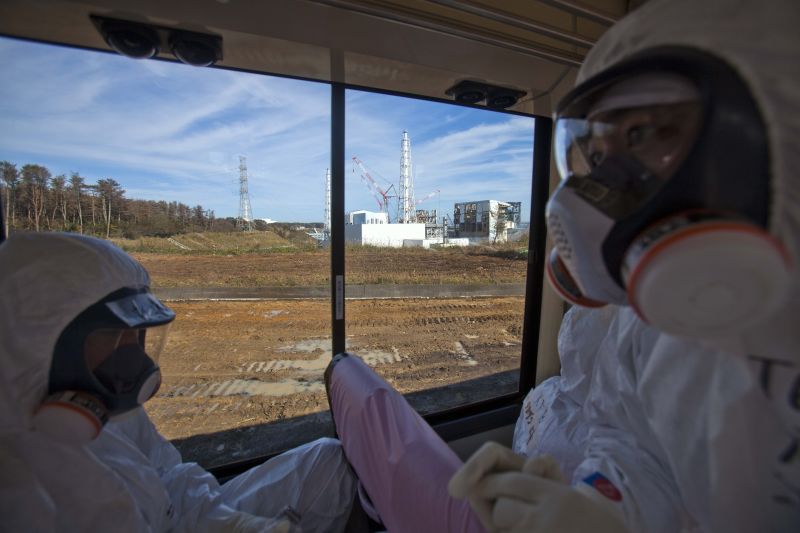On March 11, 2011, a magnitude 9.0 earthquake struck off the coast of Japan, triggering a devastating tsunami that killed thousands of people and caused billions of dollars in damage. The earthquake and tsunami were the most powerful to hit Japan in recorded history and one of the five most powerful earthquakes ever recorded. Here are some fast facts about the 2011 Japan earthquake and tsunami.
Location: The epicenter of the earthquake was located approximately 80 miles east of the Oshika Peninsula in the Pacific Ocean.
Magnitude: The earthquake had a magnitude of 9.0, making it the fourth-largest earthquake ever recorded.
Tsunami: The earthquake triggered a massive tsunami that reached heights of up to 133 feet in some areas. The tsunami caused extensive damage to the coastline of Japan, including the destruction of entire towns and villages.
Deaths: The earthquake and tsunami killed more than 15,000 people and left more than 2,500 missing.
Damage: The earthquake and tsunami caused an estimated $235 billion in damage, making it the most expensive natural disaster in history.
Nuclear Crisis: The earthquake and tsunami caused a nuclear crisis at the Fukushima Daiichi Nuclear Power Plant, resulting in the release of radioactive material into the environment.
Aftermath: In the aftermath of the disaster, the Japanese government launched a massive relief effort to help those affected by the earthquake and tsunami. The government also implemented a number of measures to improve the country’s disaster preparedness.
The 2011 Japan earthquake and tsunami was a devastating event that had a lasting impact on the country and the world. The disaster serves as a reminder of the power of nature and the importance of being prepared for natural disasters.































